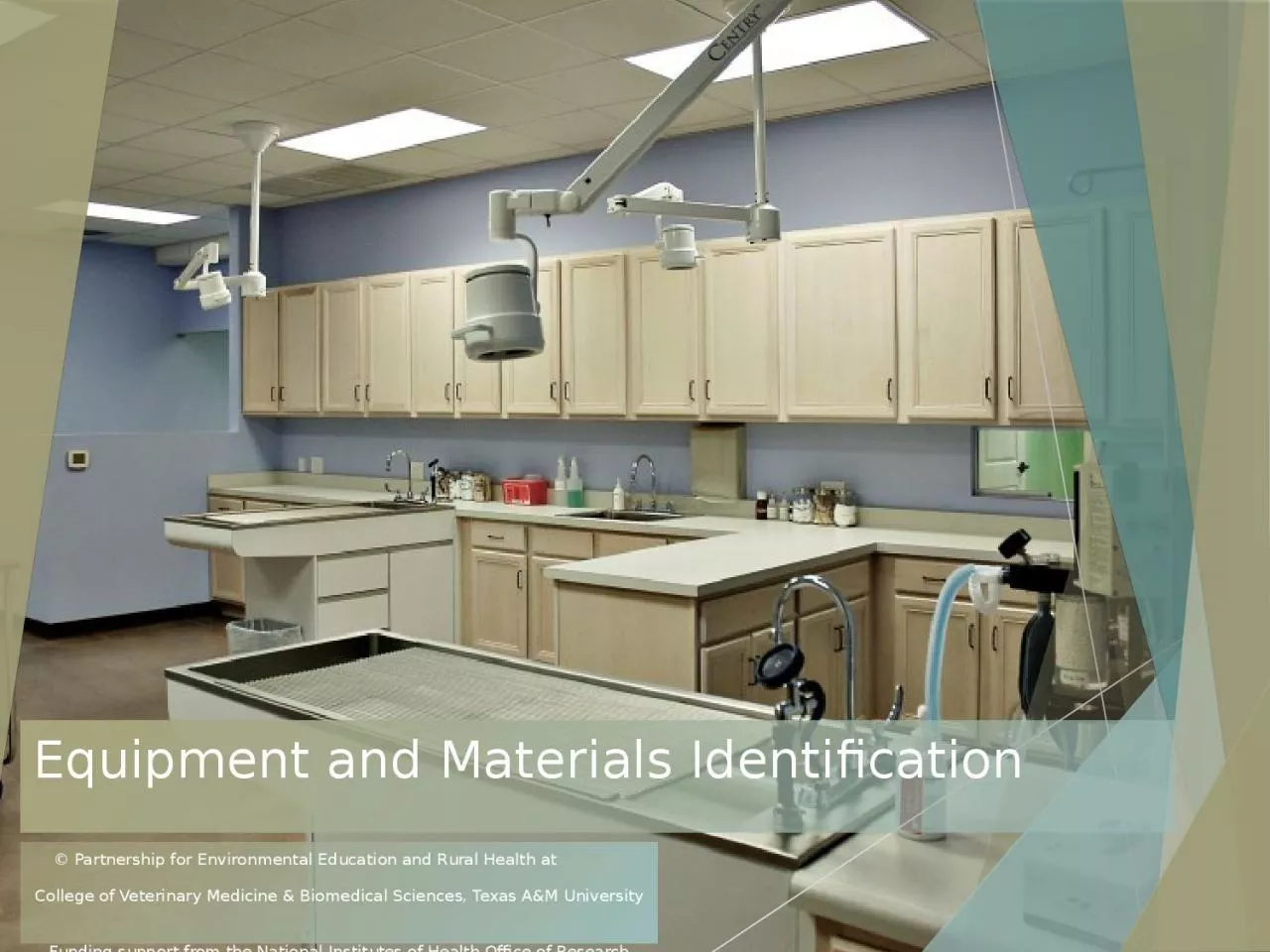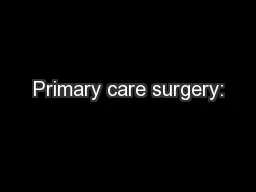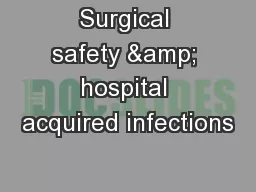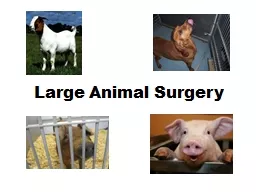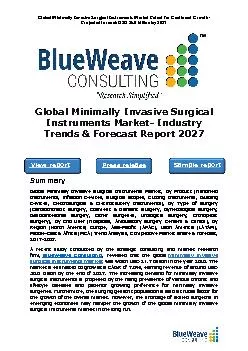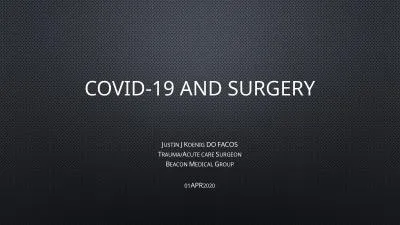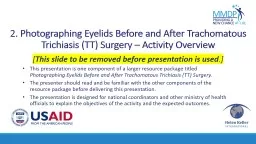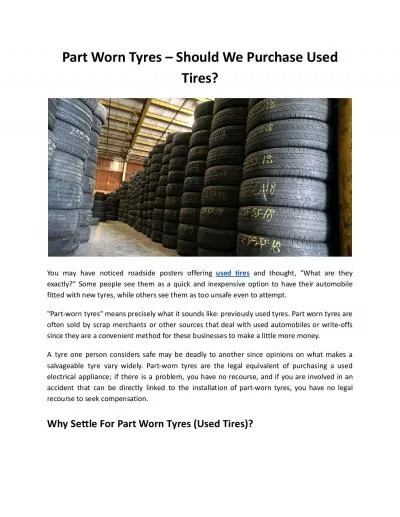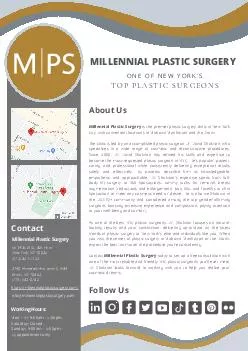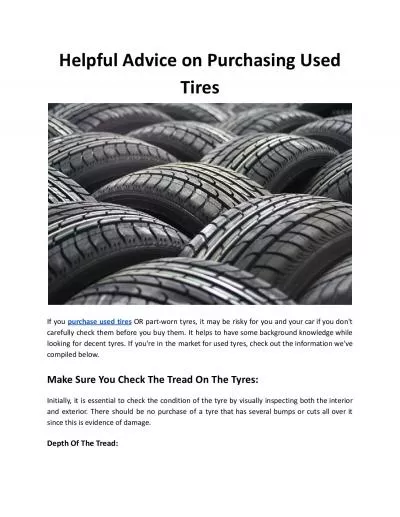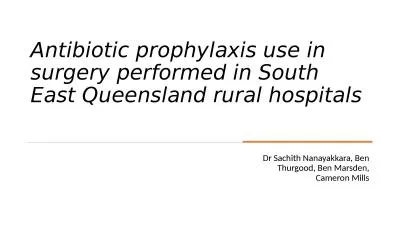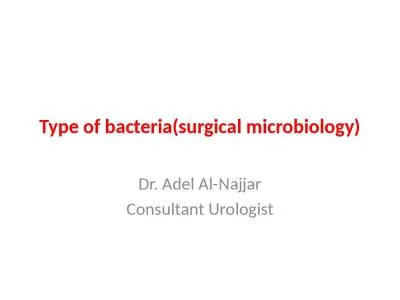PPT-Surgical Instruments: The following instruments are used during surgery
Author : TheDudeAbides | Published Date : 2022-08-03
Many of these look very similar and may be hard to distinguish between We will break these tools down into smaller subgroups Forceps used to pinch or tweeze tissue
Presentation Embed Code
Download Presentation
Download Presentation The PPT/PDF document "Surgical Instruments: The following inst..." is the property of its rightful owner. Permission is granted to download and print the materials on this website for personal, non-commercial use only, and to display it on your personal computer provided you do not modify the materials and that you retain all copyright notices contained in the materials. By downloading content from our website, you accept the terms of this agreement.
Surgical Instruments: The following instruments are used during surgery: Transcript
Download Rules Of Document
"Surgical Instruments: The following instruments are used during surgery"The content belongs to its owner. You may download and print it for personal use, without modification, and keep all copyright notices. By downloading, you agree to these terms.
Related Documents

